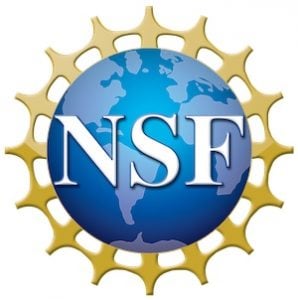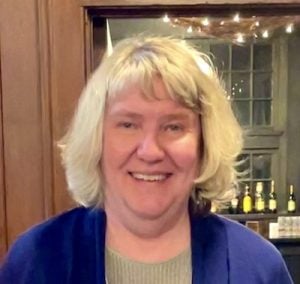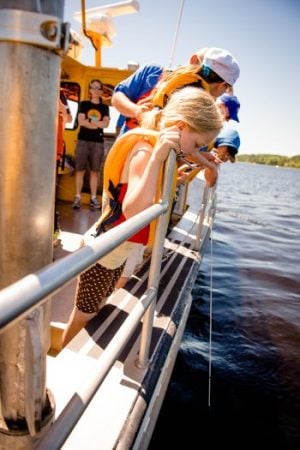MTU Teams Win at CMU’s New Venture Challenge
Central Michigan University (CMU) and Michigan Tech collaborate each year to offer Michigan Tech students a chance to compete in CMU’s New Venture Challenge (NVC). This showcase event provides an opportunity for students at both universities to present their businesses and network with prospective investors, mentors and partners. Student participants also compete for a total of $60,000 in prizes and in-kind services.
On Friday (April 22, 2022), four Michigan Tech teams pitched their ideas and businesses in person on CMU’s campus in Mount Pleasant. Husky Innovate team members Jim Baker (associate vice president, research administration and Husky Innovate co-director) and Lisa Casper (Husky Innovate program manager) attended to support teams and strengthen innovation/entrepreneurship connections.
Students had an opportunity to compete in either the two-minute pitch competition or the seven-minute business model competition, as well as a gallery competition where teams had tables with individual displays and took questions from attendees.
In preparing for the NVC, the students participated in a number of Husky Innovate workshops and review sessions. The students also benefited from resources and expertise available within MTEC SmartZone, the local state-funded technology business incubator, and the Upper Peninsula Regional Small Business Development Center, which is hosted by the Office of Innovation and Commercialization in collaboration with the College of Business. The results below speak to the tireless efforts of our students and the impact of the programs provided by Husky Innovate and its partners.
NVC award winners are as follows:
Two-Minute Pitch Competition
- Jakob Christiansen (construction management) won first place and received $4,000. Christiansen pitched “ProBoard,” an e-commerce platform to solve issues in the construction material supply chain.
Seven-Minute Pitch Competition
- Bayle Golden (engineering management) won first place in the Social Mission category and received $10,000. Golden pitched “SafeRow,” an innovative wearable device designed to keep children safe when every second counts.
- Rourke Sylvain and Ali Dabas (both biomedical engineering) won second place in the High Tech High Growth category, receiving $5,000. Their pitch was “imi (integrated molecular innovations),” an electrochemical biosensor for T4 detection.
- Jordan Craven (management information systems, minoring in computer science) won third place in the High Tech High Growth category and received $2,000. Craven pitched “Tall and Small Designs,” a technology company that provides software as a service to retailers who sell clothes online.
Congratulations to our Husky Innovate student teams for all their hard work! We are proud of your grit during the last week of the semester. Your ideas are innovative and have the potential to change the world.
Thanks go out to our distributed team of mentors and our sponsors (Pavlis Honors College, Office of Innovation and Commercialization, College of Business, College of Engineering, Biomedical Engineering, and Civil Engineering) for their commitment to our students. We also thank CMU and especially Julie Messing, director of the Isabella Bank Institute for Entrepreneurship, for the collaboration and congenial hospitality.
By Husky Innovate, Pavlis Honors College.










